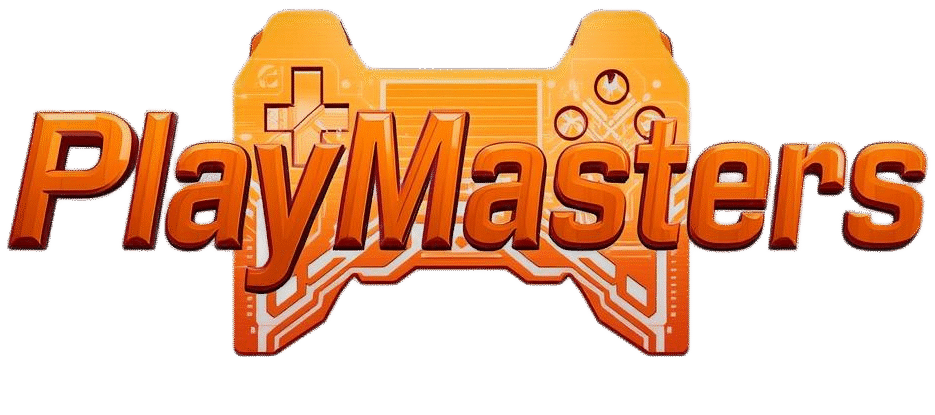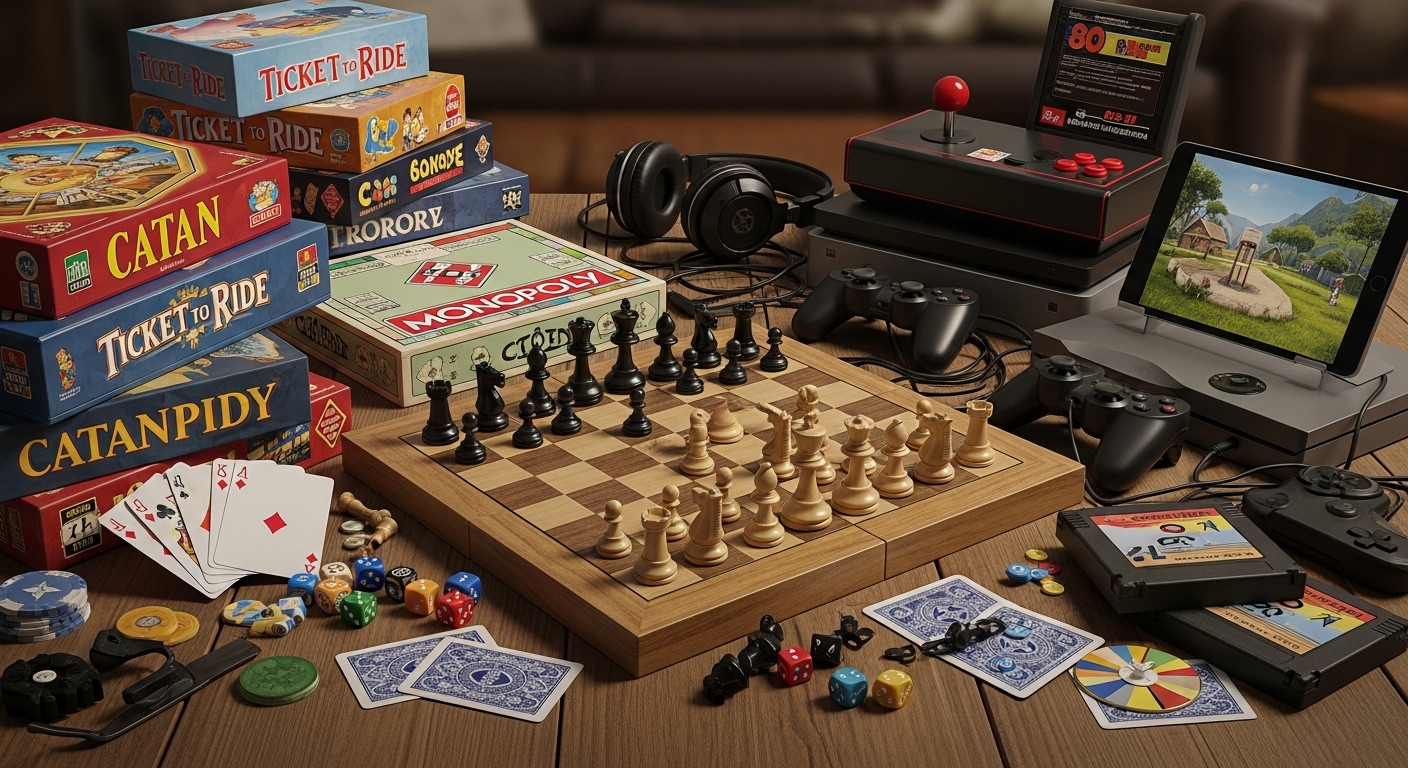Introduction: The New Age of Play
Gaming has evolved into a global phenomenon, revolutionizing how we experience entertainment and connect with others. From the humble beginnings of arcade games to the immersive virtual worlds of today, the gaming industry has transformed beyond recognition. No longer just a hobby, gaming is now a mainstream cultural force, influencing everything from social interactions to the way we view art and technology. This blog explores how gaming has developed over the years and why it continues to captivate millions of people around the world.
From Pixels to Polygons: The Birth of Video Games
The story of modern gaming begins in the 1970s when video games first made their debut in arcades. Early games like Pong and Space Invaders were simple, with pixelated graphics and minimal storylines. These early games weren’t about creating complex narratives or stunning visuals—they were about introducing people to an entirely new form of entertainment. Players could interact with the screen in real-time, something that had never been possible before.
The 1980s saw the release of legendary games like Pac-Man and Donkey Kong, which introduced more vibrant characters and gameplay mechanics. However, despite the growing popularity, the industry was still quite niche. Gaming consoles like the Atari 2600 and Nintendo Entertainment System (NES) helped bring video games into the living room, making them accessible to a broader audience.
The Age of 3D and Exploration
As the 1990s rolled in, gaming took a massive leap forward. The release of the Sony PlayStation and Nintendo 64 ushered in a new era of 3D graphics. The once-flat world of pixels gave way to expansive environments, bringing players into vast, immersive landscapes. Games like Super Mario 64 and The Legend of Zelda: Ocarina of Time showcased the possibilities of 3D worlds, where exploration became a central focus of gameplay.
Along with 3D graphics, developers started focusing on richer narratives. It wasn’t just about jumping and shooting anymore; it was about telling stories. Games like Final Fantasy VII and Metal Gear Solid proved that video games could be as emotionally engaging as any movie or book. The rise of 3D also meant that developers could create more detailed, open worlds, allowing players to lose themselves in complex, interactive environments.
Online Gaming: Breaking Down the Boundaries
The late 1990s and early 2000s marked another milestone in the gaming world with the rise of online multiplayer games. Games like EverQuest, World of Warcraft, and Counter-Strike connected players from all over the globe, allowing them to interact in real-time. The shift to online gaming created a whole new social dynamic, where players could team up, compete, and communicate in ways that had never been possible before.
This new form of social interaction opened the door for competitive gaming, or eSports. Online gaming tournaments, where players battle it out for massive cash prizes, are now broadcasted on platforms like Twitch and YouTube Gaming, attracting millions of viewers worldwide. What was once a solitary activity has now evolved into a form of social entertainment, with games becoming a shared experience among friends, strangers, and communities.
The Mobile Revolution: Gaming in Your Pocket
As smartphones became ubiquitous in the 2010s, mobile gaming exploded in popularity. Suddenly, everyone had access to gaming wherever they went. Angry Birds, Candy Crush, and Clash of Clans became household names, introducing millions to the joy of gaming in short, bite-sized sessions. Mobile games are often more casual than their console or PC counterparts, making them accessible to a wide range of players, from casual gamers to those looking for more in-depth experiences.
However, mobile gaming is no longer limited to simple puzzle games. Titles like PUBG Mobile and Genshin Impact offer expansive, console-quality experiences right at your fingertips. These games have made it clear that mobile gaming is not just a passing trend—it’s here to stay. The development of cloud gaming also allows users to play console-level games on their phones, further blurring the lines between different gaming platforms.
The Rise of Virtual and Augmented Reality
Virtual Reality (VR) and Augmented Reality (AR) are the latest frontiers in the gaming world, offering experiences that push the boundaries of what we thought was possible. With VR headsets like the Oculus Rift and PlayStation VR, players can immerse themselves in digital worlds like never before. Games like Beat Saber and Half-Life: Alyx have set the standard for what VR gaming can achieve, making players feel like they are actually inside the game.
On the other hand, AR games like Pokémon GO brought the digital world into the real world, allowing players to interact with virtual objects in their physical surroundings. While both technologies are still in their infancy, they have already demonstrated immense potential for gaming, and we can only imagine how they will evolve in the years to come.
Indie Games: A New Era of Creativity
In addition to the major game studios, the rise of independent developers has brought a fresh wave of creativity to the gaming scene. Indie games like Undertale, Hollow Knight, and Celeste have proven that you don’t need a massive budget or big-name publisher to create something special. These games often offer unique gameplay experiences, quirky art styles, and emotionally resonant stories, proving that innovation can thrive outside of the mainstream.
Platforms like Steam and itch.io have made it easier than ever for indie developers to share their creations with the world, leading to an explosion of new and experimental titles. These games offer a refreshing change from the blockbuster titles that dominate the market, allowing players to explore new genres and ideas that larger studios may overlook.
The Social Impact of Gaming
While gaming is often seen as an escape from reality, it has increasingly become a means of connecting with others. Multiplayer games, streaming platforms, and social media allow players to bond over shared experiences, forming friendships and communities that transcend geographic boundaries.
Gaming also has the power to bring attention to important social issues. Games like The Last of Us and Hellblade: Senua’s Sacrifice explore mental health, while others tackle topics like environmentalism, politics, and identity. As gaming becomes more diverse and inclusive, it has the potential to raise awareness and spark important conversations in ways that traditional media cannot.
Looking Ahead: The Future of Gaming
As technology continues to advance, the future of gaming looks incredibly exciting. The potential for further immersion with VR and AR, the expansion of cloud gaming, and the integration of artificial intelligence are just a few of the possibilities that could shape the next generation of games.
Moreover, the continued growth of esports, the rise of virtual economies, and the deepening integration of social features into gaming will make gaming not just a form of entertainment, but a way of life for future generations. The boundaries between the digital and physical worlds will blur even further, offering players experiences that are more lifelike and interactive than ever before.
Conclusion: A Never-Ending Adventure
Gaming has come a long way since its inception, evolving from a niche activity to a global cultural force. With technological advancements, the rise of online multiplayer, and the explosion of indie creativity, gaming has established itself as a powerful form of entertainment. Whether you’re a casual player or a hardcore enthusiast, gaming has something for everyone—and it’s only going to get more exciting as time goes on.




